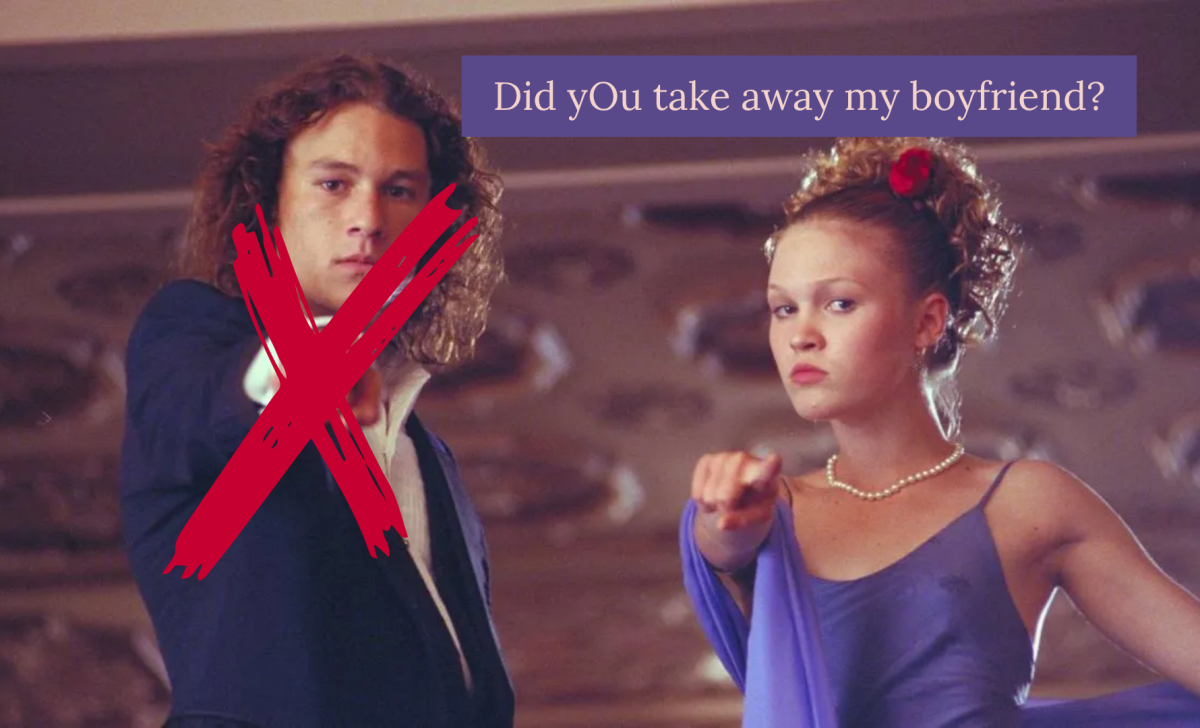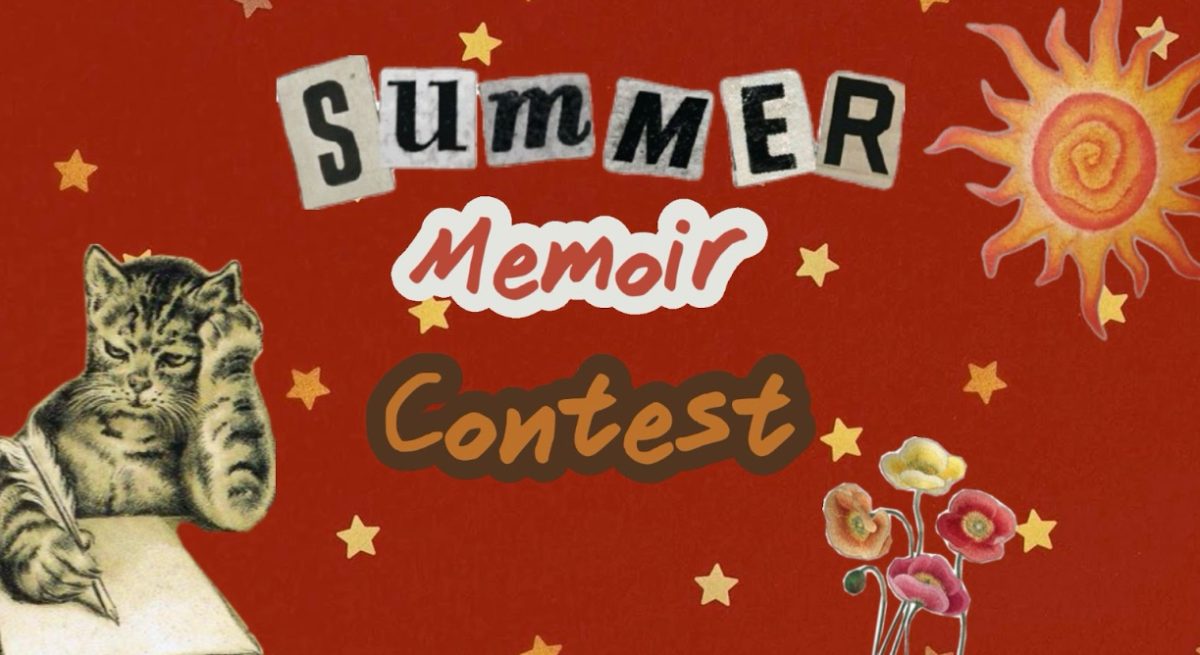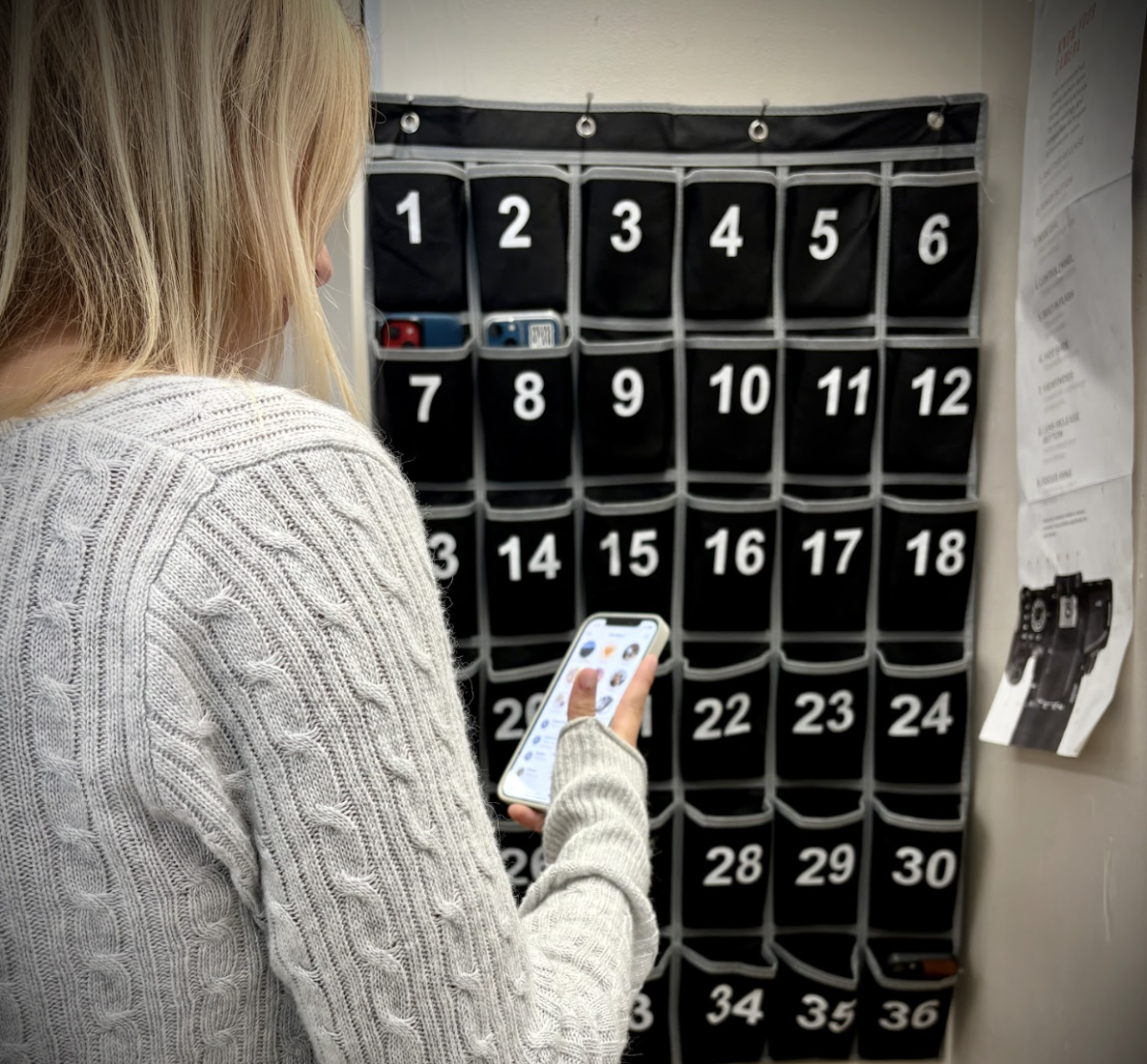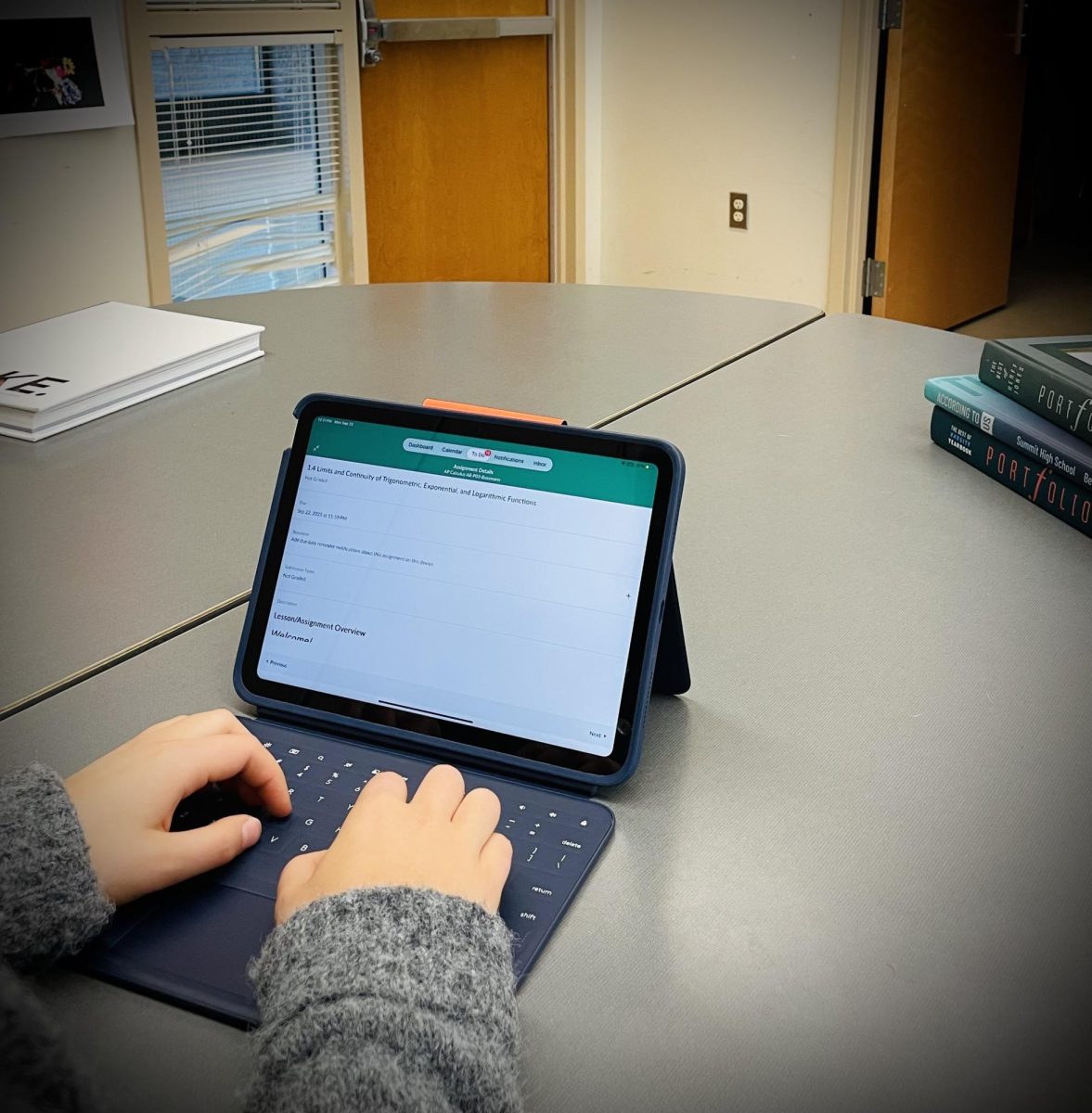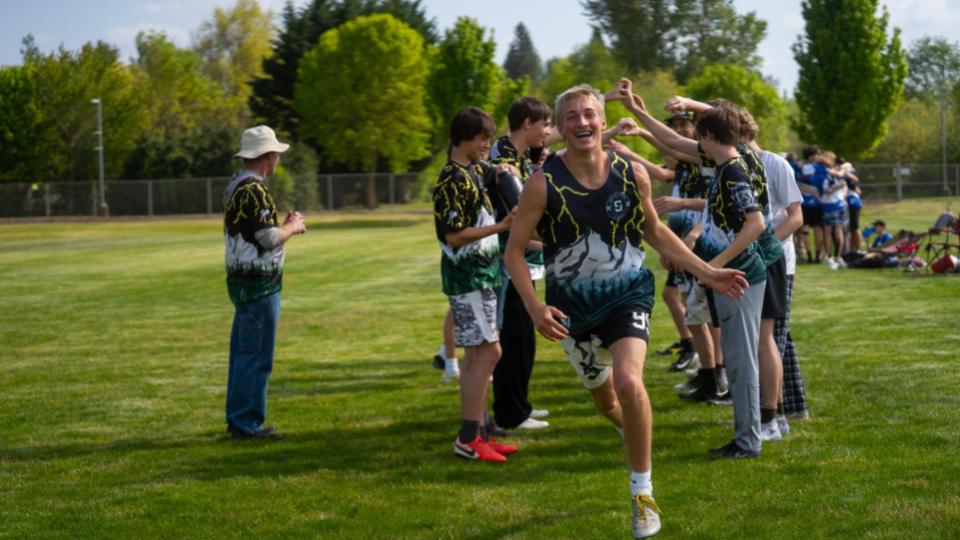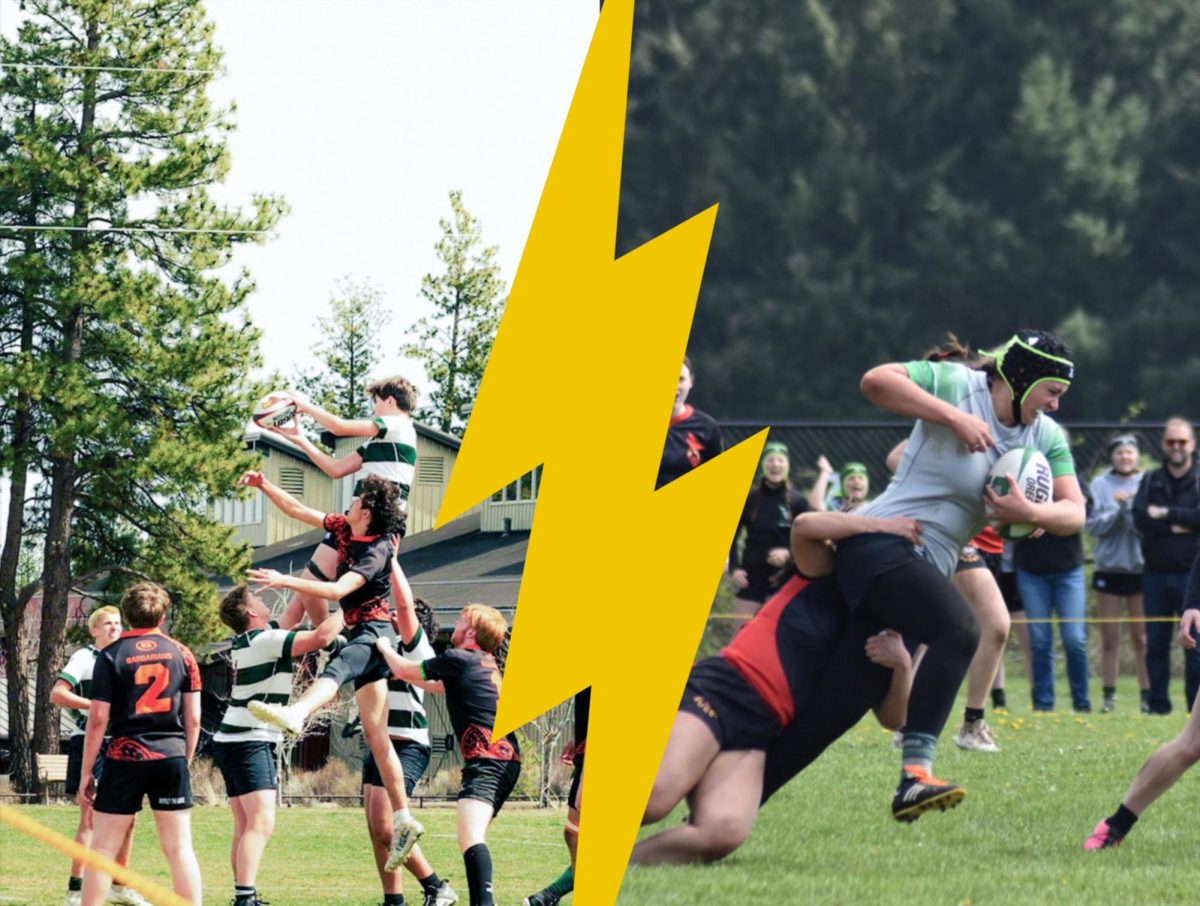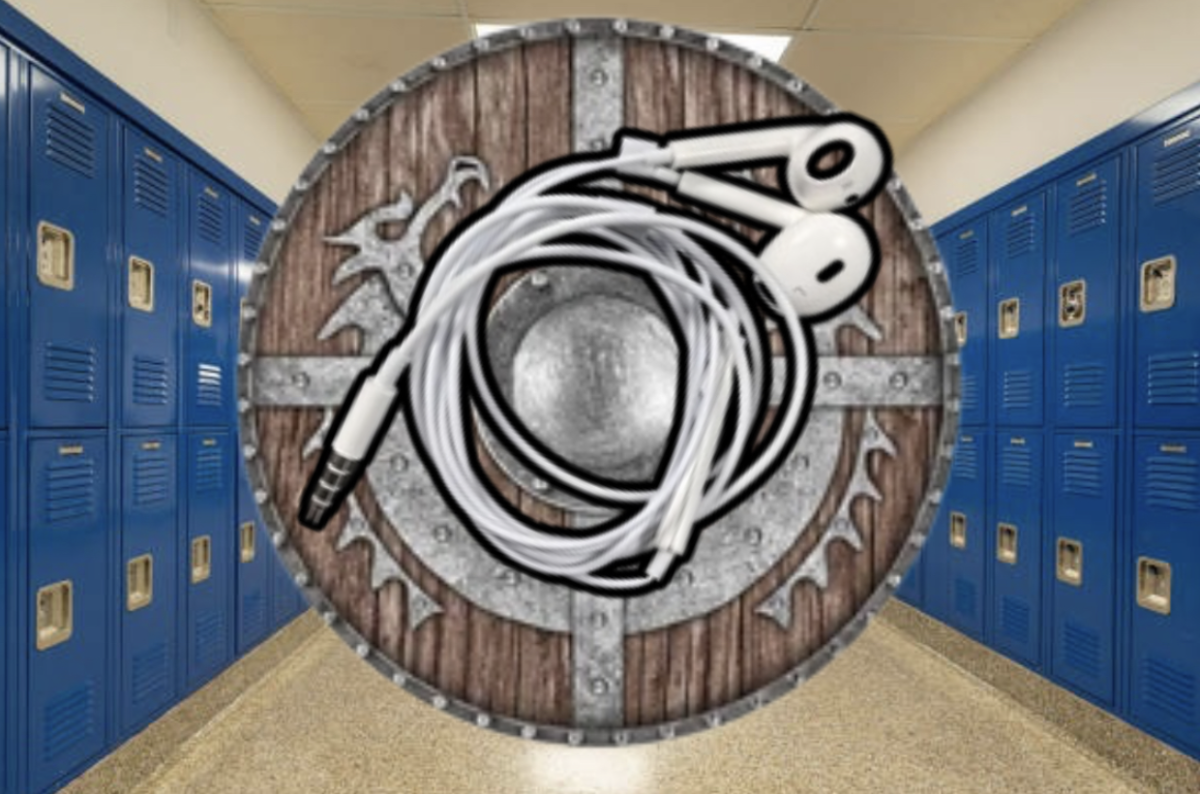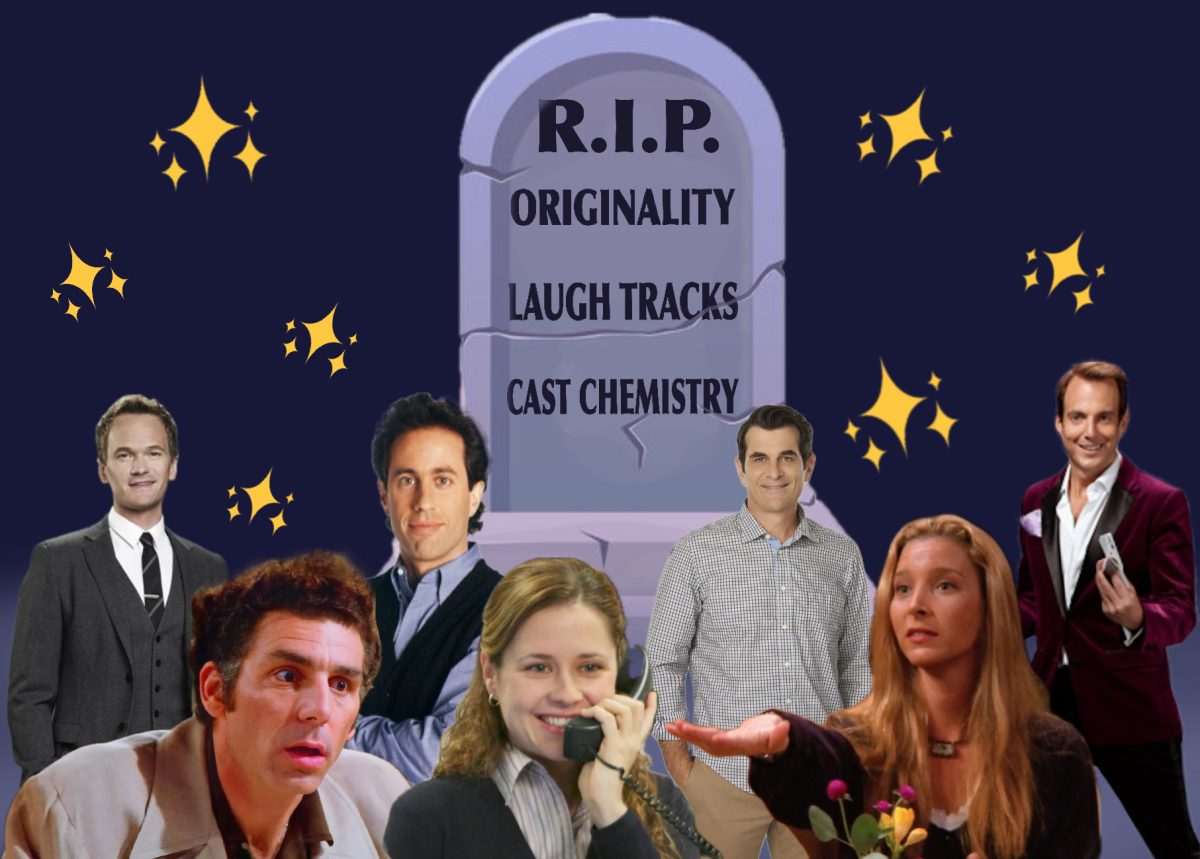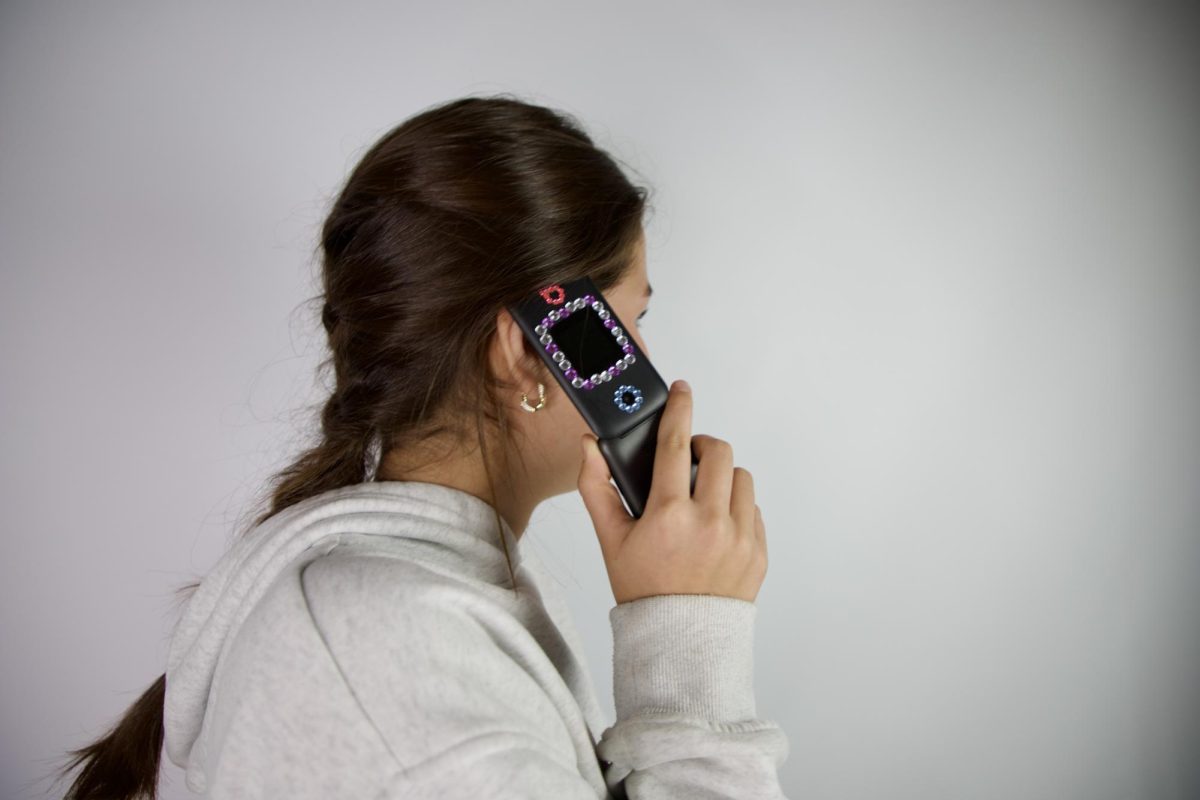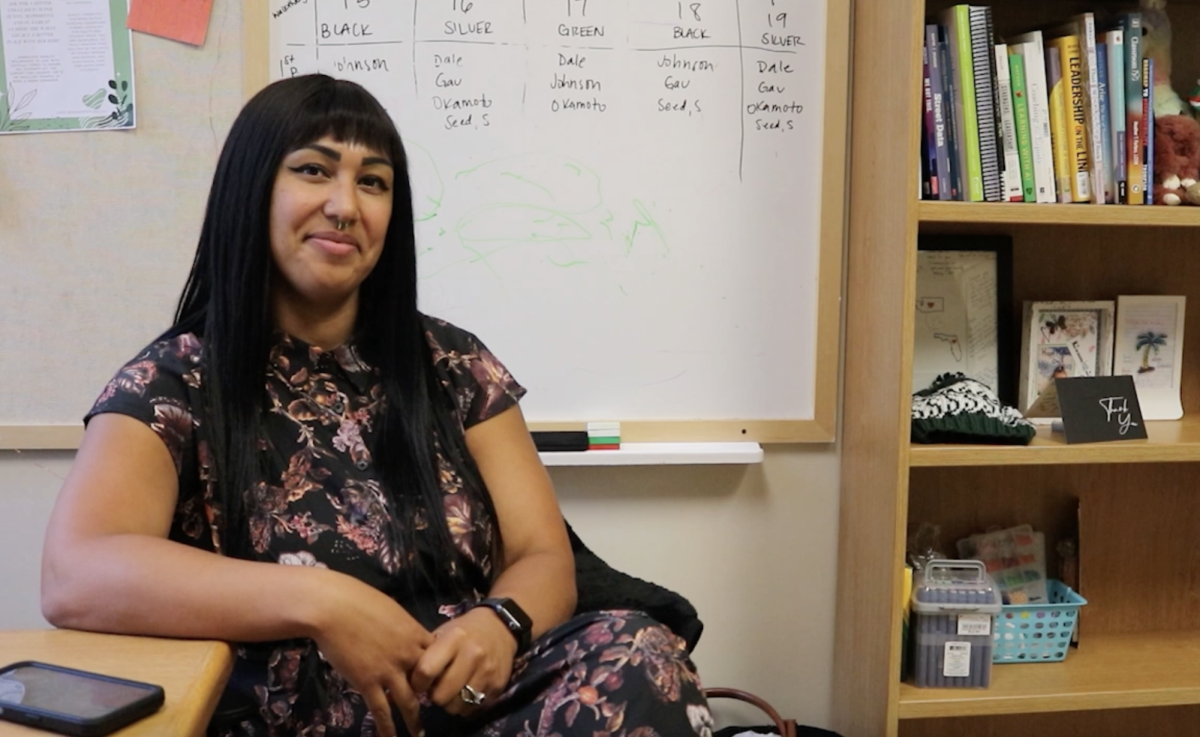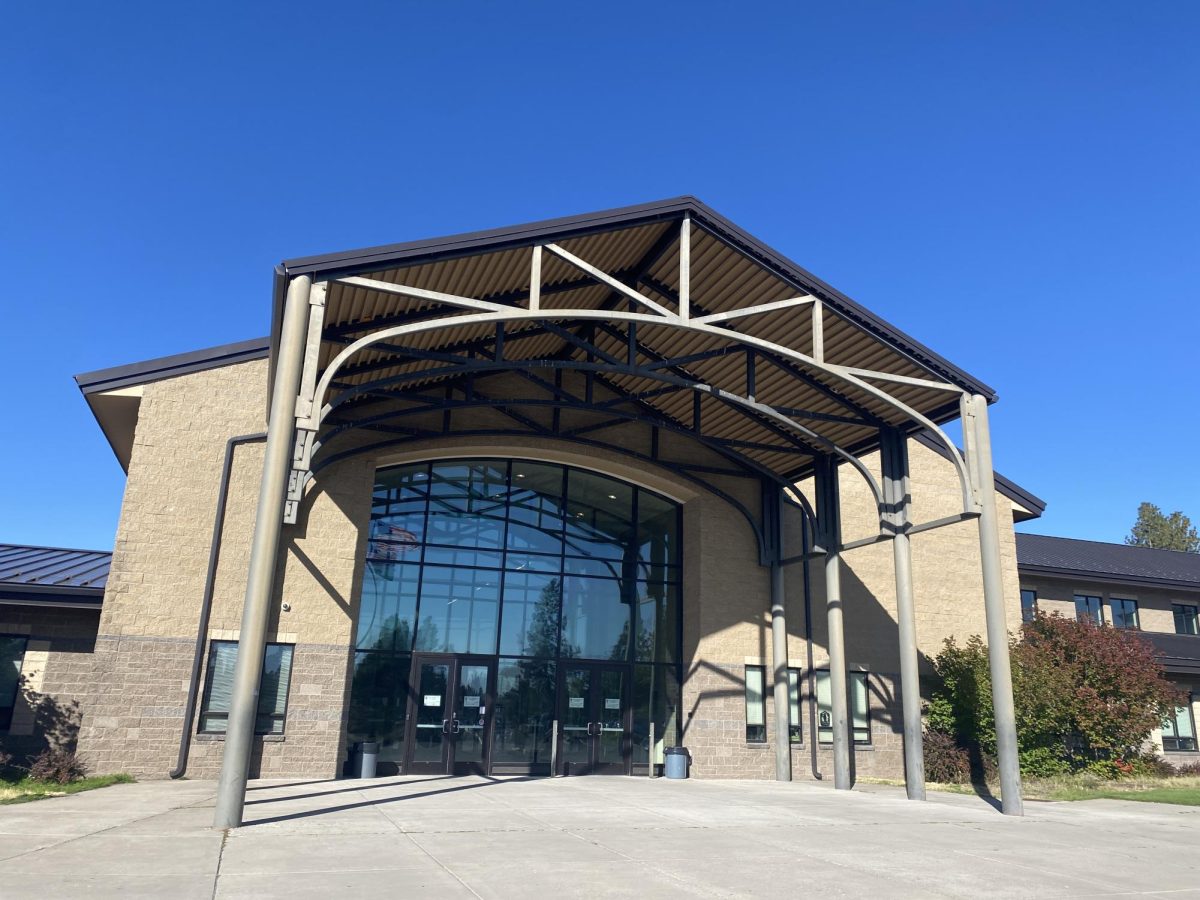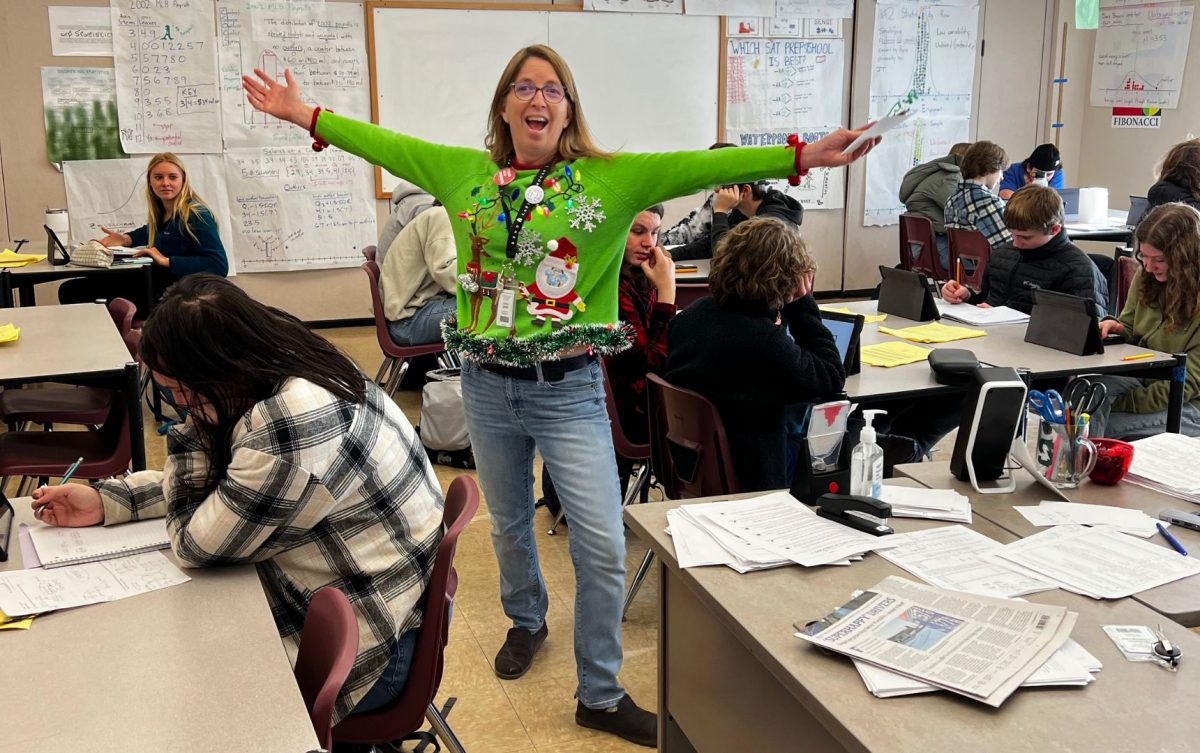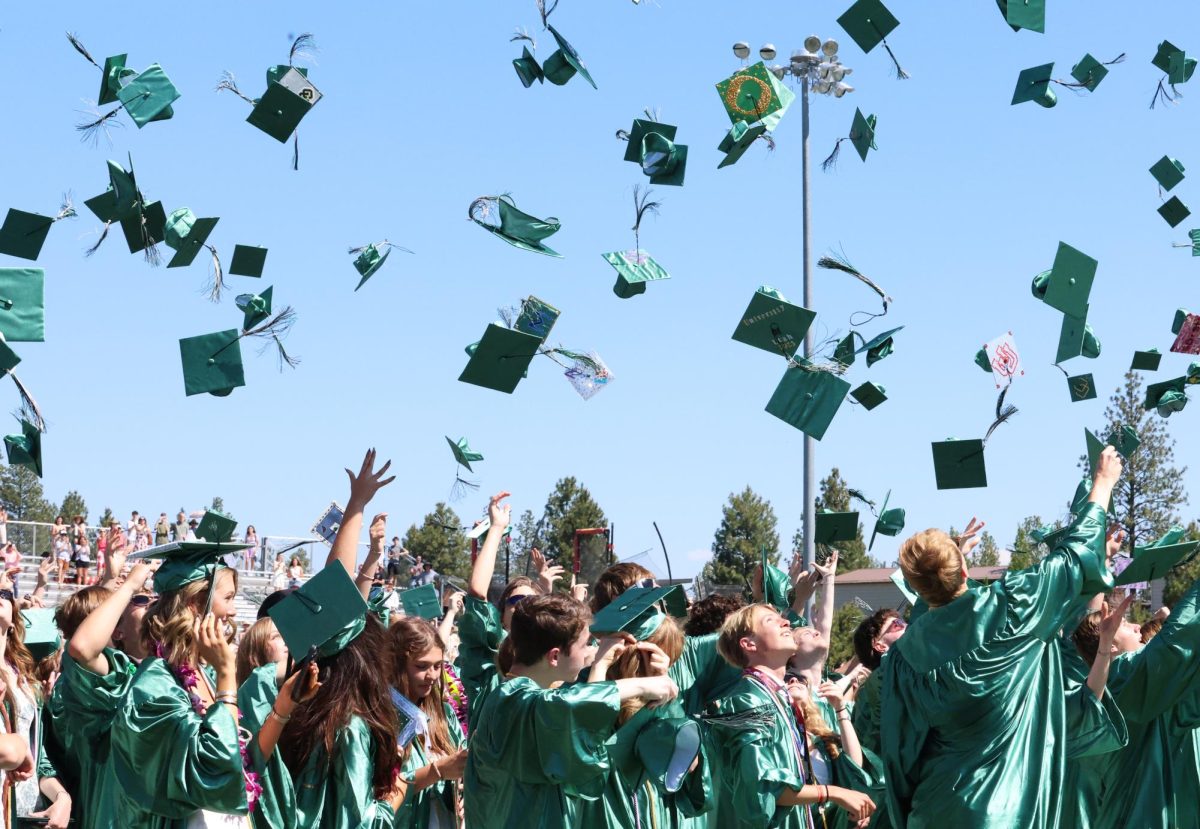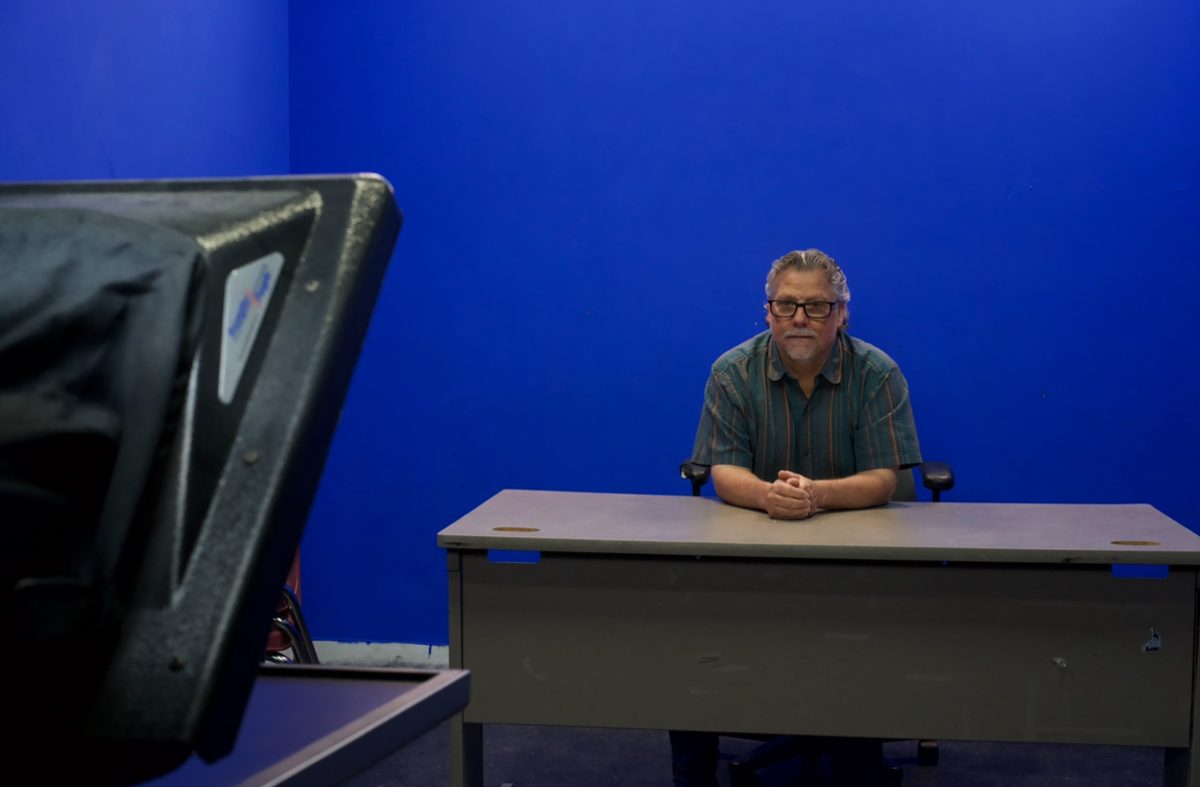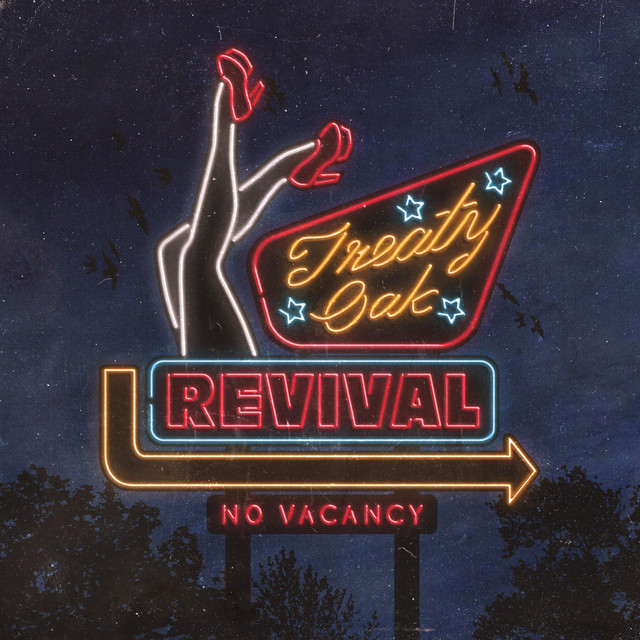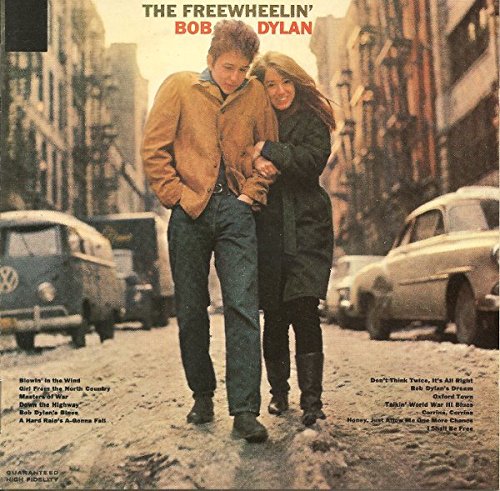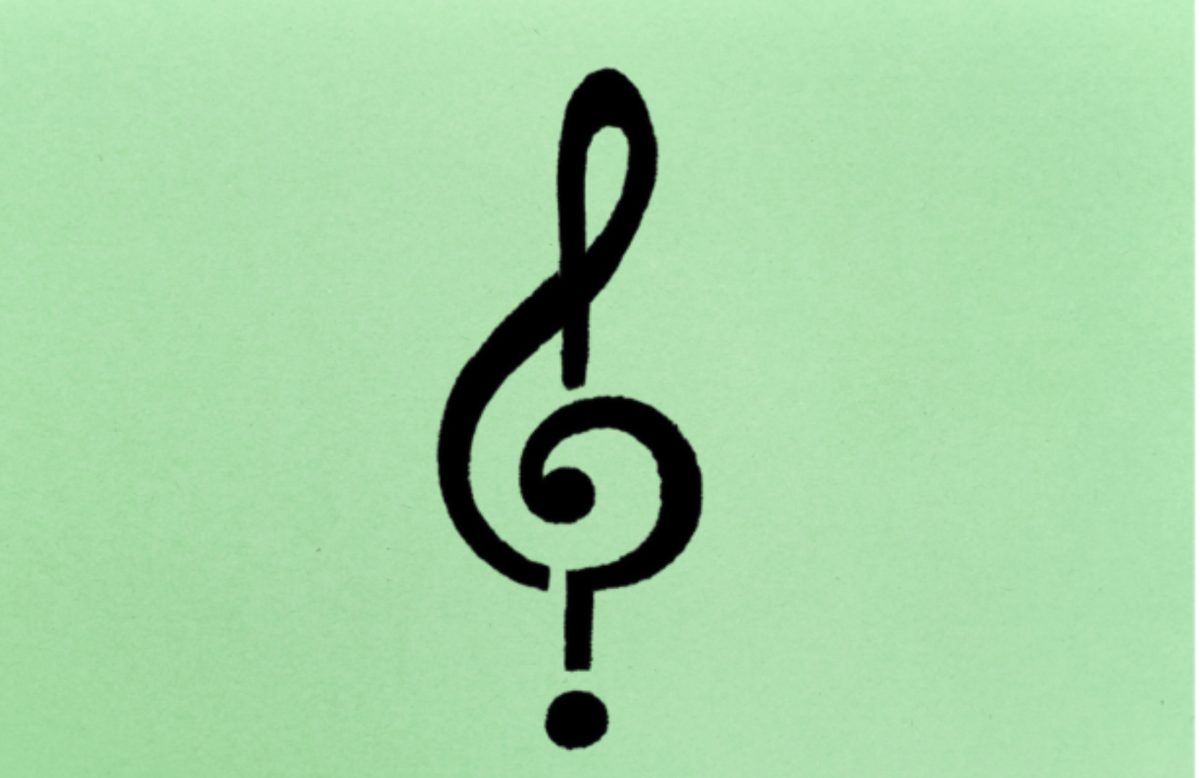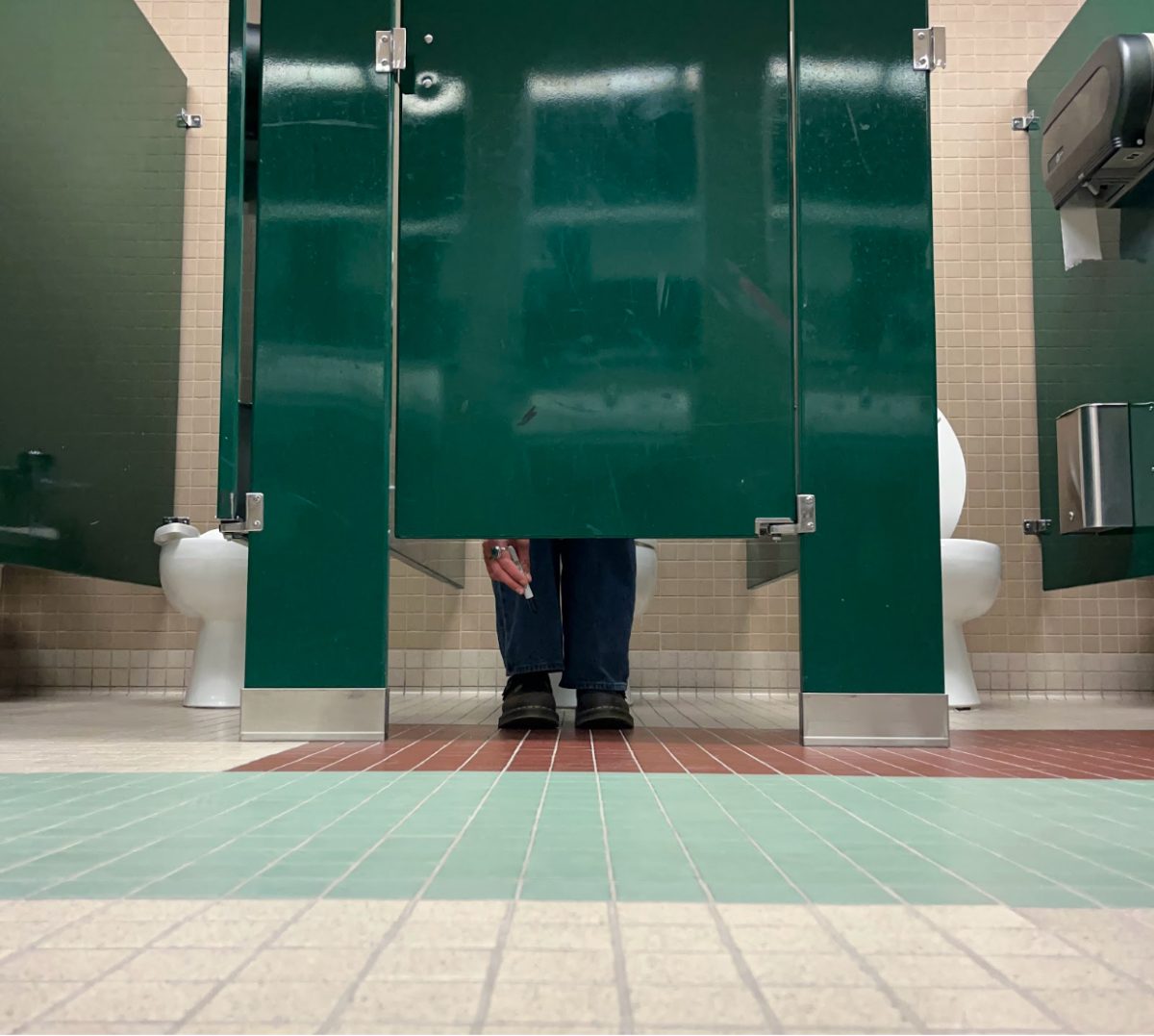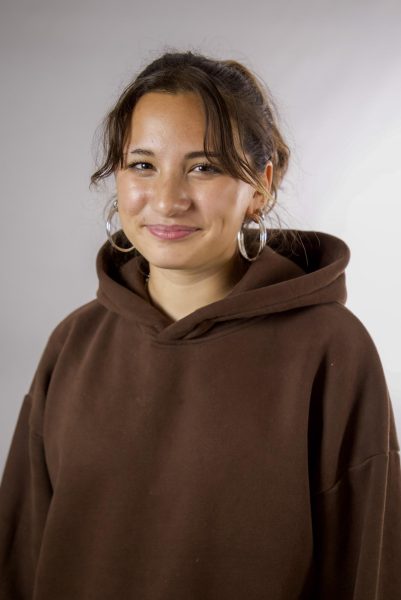Where and what is D-hall? Not only is it quite a distance away from the rest of the school, with more intense temperatures than anywhere else in the building, it’s also home to Summit’s music and performing arts programs. Although the hallway is still attached to the building, the numbers of student interest aren’t exactly skyrocketing off the charts as of this year.
Music programs have always been one of the first things affected by budget cuts when it comes to school activities. At Summit, with students participating in a variety of sports and activities throughout the year, it’s no surprise to anyone that the music programs are often overlooked. But since the COVID-19 pandemic in 2020, the number of music students has declined drastically, with only 22 total Choir students, approximately 20 Orchestra students and around 60 total band students.
The number of incoming freshmen joining the music classes won’t be determined until August, raising uncertainty about whether the classes will even be available. A class stays in the curriculum based on student interest. After all, a math class that has 30 students costs the same amount of money for the school as a band class with only 15 students.
“One of the things that’s challenging, at Summit in particular, is that we have a small group of students interested in music and performing arts classes and we have a lot of course offerings, so we’re kind of competing for the same students and you can only take so many classes in the day,” said Donna Servignat, Summit’s principal.
Budget also comes into play when determining if a class is cut or not. Teachers who are only part time or lack seniority are typically first to be considered for layoffs if funding is cut short for schools.
Recently, Summit’s music programs have hosted a series of Vertical Concerts with students from Cascade and Pacific Crest Middle Schools. These concerts consisted of outstanding presentations of music from each performing arts class along with both middle school and high school students.
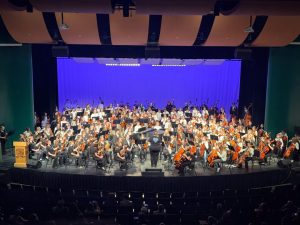
“I think middle school [music classes] definitely have an impact because by the time you get to high school, you already have the foundation skills and don’t feel like you’re drowning in terms of ability,” said Owen Cogen, a junior and member of the Skyliner Jazz Choir and Concert Band.
As of now, all sixth graders are required to take at least one year of a music elective before moving into high school. Pacific Crest Middle School, which is where a big majority of Summit students are from, finally implemented this music requirement last school year, disappointingly being the last middle school to do so. Nevertheless, it’s a positive impact that could increase interest in music.
“Most of those [middle schoolers] are only in the classes because it’s a requirement to take them,” explained Sawyer Dailey, a junior who plays guitar in the Jazz ensemble. “But what I have noticed at the orchestra, choir and the band vertical concerts was there were a lot of middle schoolers, so I’m hoping a big majority of them end up coming here but it’s undetermined.”
Incoming freshmen have limited electives, and with a more complicated schedule; that will include advisory and other new required classes; music classes will be difficult to squeeze into a schedule. Online courses have been an advantage when it comes to opening up periods for classes that students are passionate to take. Many students in the music department take online courses to open up their schedules to take music-driven classes. According to counselors, some specific online courses may not be available if the class is already offered in person, or aren’t available at all. If this happens, it can greatly hit the music department. With how Summit’s curriculum schedule is set up, it’s difficult to squeeze in music classes without taking some courses online.
“The online classes make the mental workload a lot more manageable,” explained junior Justin Richards, who is currently taking three performing arts classes and two online courses.
According to annoyingly societal stereotypes, participating in music programs is somehow “less valuable” than sports or other popular activities. However this assumption couldn’t be further from the truth. The academically driven students of D-hall do a mix of sports and other extracurricular activities outside of school, while still learning music in class.

If music programs were cut at Summit, whether students know it or not, it would be impactful.
“Music classes give students an outlet to get an art related education while we’re teaching music,” explained Summit Band Director Cooper Ottum. “I don’t think there are many other subjects or activities that you get as quite as much of a reward for the amount of effort put in.”
You might not find as many students going to a Choir concert as you do a football game, but there is still important music involvement throughout the school, such as pep rallies, assemblies and even mini performances in the commons.
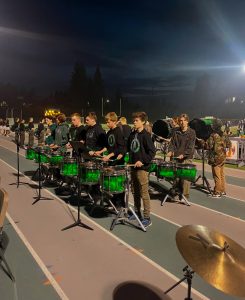
“I think that art and storytelling is so pivotal and central to any society and to remove it from the community of Summit is both taking away from the culture of our school but it’s also fostering a lack of understanding both in the performing of an art and watching it among students at our school,” said junior Scarlett Livingston, a member of the Summit Theatre Company and Skyliner Jazz Choir.
While many factors pointing towards the future of music programs remain undetermined, the staff stay hopeful. With hopefully more involvement from lowerclassmen spiking interest rates, and a better understanding of music connections with the rest of the school community growing, there’s a lot to look forward to.
“The connections you make, how great it is to perform, how much you learn from other people, there’s a lot of stuff to it. It goes beyond notes and rhythms,” said Seed.

